Beets are a delicious vegetable that contains high amounts of potassium, folate, and magnesium. They are also high in fiber which helps control blood sugar levels.
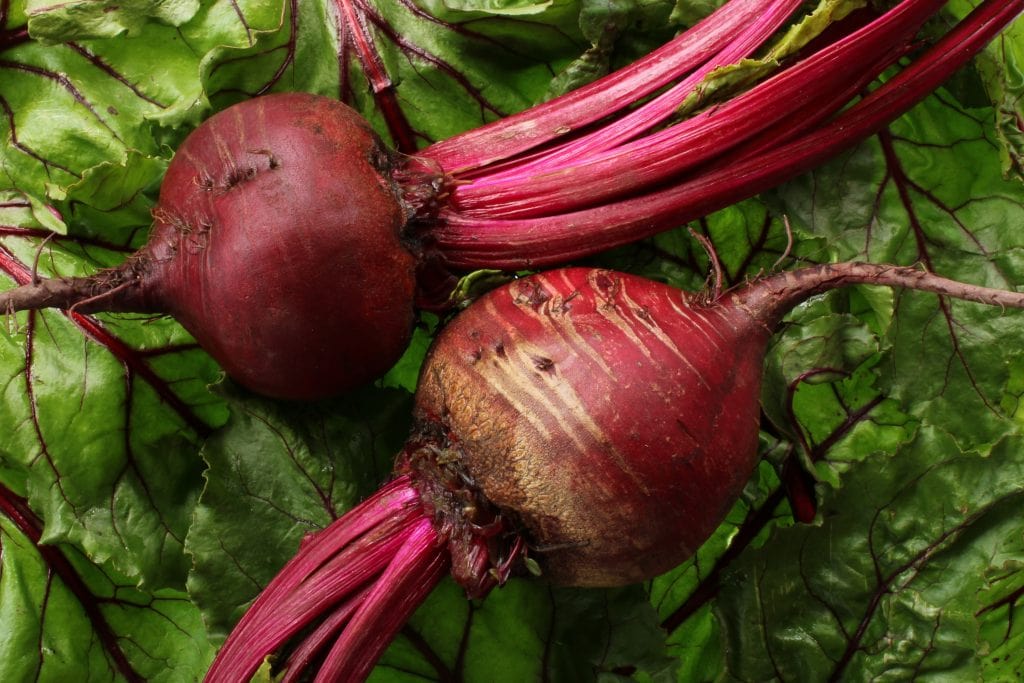
However, are beets keto?
Well, in this post, you’ll find out if beets are keto-friendly, the benefits of eating beets and some beet alternatives.
Eating Beets On A Keto Diet: Yay Or Nay?
KetoConnect verdict: We give beets a keto-friendly rating of ⭐⭐⭐(out of 5)
No, beets aren’t keto in large amounts. If you’re trying to get into ketosis or lose weight, I suggest staying away from beets since they contain carbs and simple sugars.
But if you’re already in ketosis and happy with your body weight, feel free to eat beets. It contains a lot of fiber that acts as a buffer to the carb content. However, it’s still important to only eat small quantities so it doesn’t knock you out of ketosis.
Eating small amounts of beets can do wonders for your liver because it helps detoxify chemicals and turn them into harmless particles.
Beets are also high in choline and other nutrients that break down fat in your liver. So if you have fatty liver disease and you’re on keto, consider adding a few servings per week into your diet.
But how do I know how much beets is enough?
How Many Carbs Are In Beets?
One cup of cooked beets contains 13 grams of carbs, nine grams of sugar and 3.8 grams of fiber.
This makes it possible to eat a cup of beets because your daily net carb limit is around 30 to 50 grams on keto.
However, if you’re trying to lose weight, you’ll want to consider some keto-friendly alternatives.
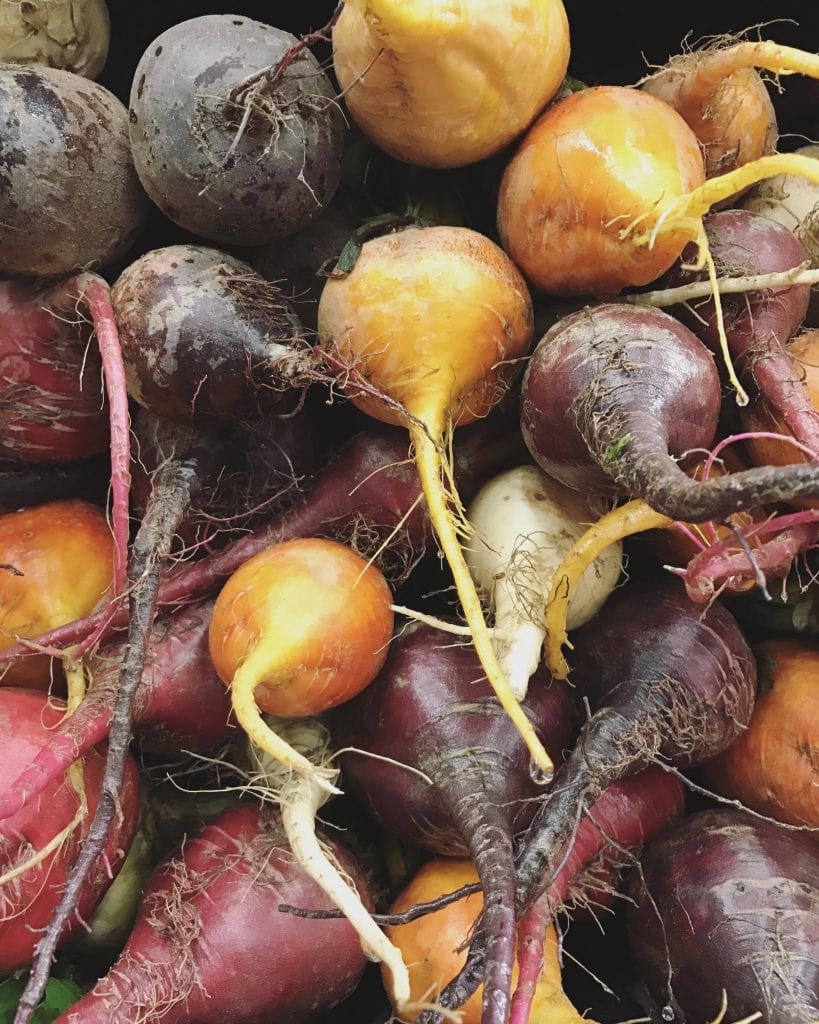
What Are Some Keto-Friendly Beet Substitutes?
If you’re looking for a vegetable that tastes similar to beets but doesn’t contain any carbs, then consider the following alternatives.
Radish
Radishes are one of the best root vegetables since it’s packed full of nutrients. It’s like a mini version of beets. I noticed that radishes have a peppery taste if you eat them raw; however, frying or cooking them removes this harsh taste.
And although radishes look like beets, they contain three times fewer carbs.
In one cup of radishes, you’ll get:
- 24 calories
- 0.1 grams of healthy fats
- four grams of carbs
- two grams of fiber
This results in a net carb count of only two grams!
However, a unique benefit to radishes is that it contains a lot of sulfur. This makes it one of the best foods for healthy sinuses. The high sulfur content helps in clearing mucus from deep sinuses in the body.
So if you’re suffering from blocked sinuses, consider juicing a few radishes and add a little ginger and lemon. This drink might taste a bit strong, but it’s super effective at clearing mucus in your sinuses.
Red Beet Root Powder
Another way of experiencing the delicious taste of beets without the high carb content is to buy some red beet powder and use it as a natural food coloring.
However, when shopping for red beet powder, always read the label. Many powders contain inflammation-causing additives, GMOs and preservatives.
Instead, look for red beet powders that don’t contain additives. You can easily spot them in the ingredients list – simply look for numbers such as 404, 222 etc.
A teaspoon of red beet powder only contains two grams of net carbs.
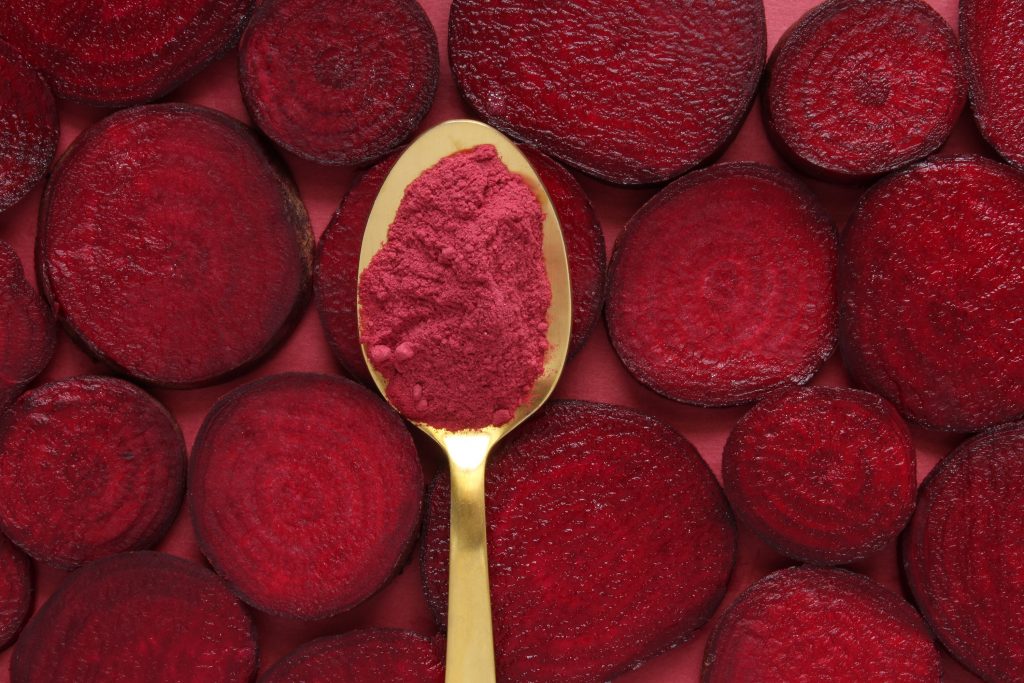
Red Cabbage
Red cabbage is an excellent source of vitamin A and C. Although its vitamin A is in the form of beta carotene, it still offers many benefits like reduced risk of Alzheimer’s disease and improved heart health.
One cup of red cabbage contains five grams of carbs and two grams of fiber. This results in a net carb content of three grams, making it perfect for a low-carb diet. Also, with only 22 calories in one cup, it’s an excellent beet alternative if you’re looking to lose weight.
However, the big benefit of red cabbage is that it contains a phytonutrient called anthocyanin. Several studies show anthocyanin to have anti-cancer properties.
One of our favorite ways to use red cabbage is in our Keto Egg Roll In A Bowl recipe.
Tomatoes
Tomatoes contain essential vitamins like:
- Potassium
- Folic acid
- Beta carotene
- Vitamin C
Tomatoes are also one of the best keto-friendly vegetables. One cup of tomatoes contains 4.8 grams of carbs, 1.5 grams of fiber, and 3.2 grams of sugar. This gives it a net carb count of only 3.3 grams.
Compared to tomatoes, beets have three times more carbs and sugar. This makes tomatoes a good option for weight loss.
However, if you’re suffering from a leaky gut or any autoimmune condition, then reduce the amount of tomatoes in your diet.
Tomatoes contain lectins which is a protein that plants create to defend themselves against insects and other predators. Consuming high amounts of lectins may cause inflammation if you have a sensitive gut system.
Celery
Celery is one of the best vegetables you can eat on a ketogenic diet.
When shopping for celery, it’s worth getting organic because most companies spray celery with different types of pesticides, which may cause inflammation.
With organic celery, you can dip it into nut butter, hummus or salad dressing.
Celery is also super low in carbs. One cup of celery contains three grams of total carbs and only 1.4 grams of net carbs.
Are Pickled Beets Keto-Friendly?
Pickled beets are a big no when you’re on a keto diet. Compared to raw beets, the carb content of pickled beets is way too high.
One cup of pickled beets contains 27.5 grams of carbs with almost no fiber.
If you’re looking for a low-carb vegetable that tastes like beets, consider using radishes. It’s super easy to pickle. All you have to do is add some radishes to a jar, pour a solution of hot vinegar and water (1:1, equal amounts of both) plus salt and your choice of spices, and store it in the fridge for around three to five days.
You could even add a teaspoon of red beet powder, and you won’t even know the difference.
Can You Drink Beet Juice On A Low-Carb Diet?
Drinking even a small amount of beet juice will knock you out of ketosis. An eight-ounce serving of beet juice contains 23 grams of total carbs and 21 grams of net carbs. This is over half your daily limit.
Instead, drink radish juice. It tastes like beet juice, and only contains two grams of net carbs. Radish juice is also the perfect drink if you’re suffering from blocked sinuses. The sulfur in radishes relieves sinus congestion.
Can You Eat Beet Greens On Keto?
Yes, you can! One cup of raw beet greens contains 1.6 grams of carbs and only 0.2 grams of net carbs.
Beet greens might not taste nice when you eat it raw, so consider chopping it finely and adding ground beef and leafy greens. You can also add beet greens to your favorite keto recipes. This way, you get fiber in your diet without tasting the beet greens.
Is It Keto?
We have a range of articles covering some of the most commonly questioned foods on a keto diet. Check these out if you’re confused about any of these foods.
- Carbs in Popcorn
- Is Honey Keto?
- Is Pumpkin Keto?
- Can You Have Half & Half on Keto?
- Are Mushrooms Keto?
- Are Onions Keto?
- Are Carrots Keto?
Final Word On Are Beets Keto?
Beets are high in several different essential vitamins and minerals; unfortunately, they contain a lot of carbs.
If you’re trying to enter ketosis, avoid beets because they can delay the process. Consider eating some alternatives like radishes, red cabbage, and red beet powder.
However, if you’re already in ketosis and happy with your weight, eating beets in moderation won’t do much harm.
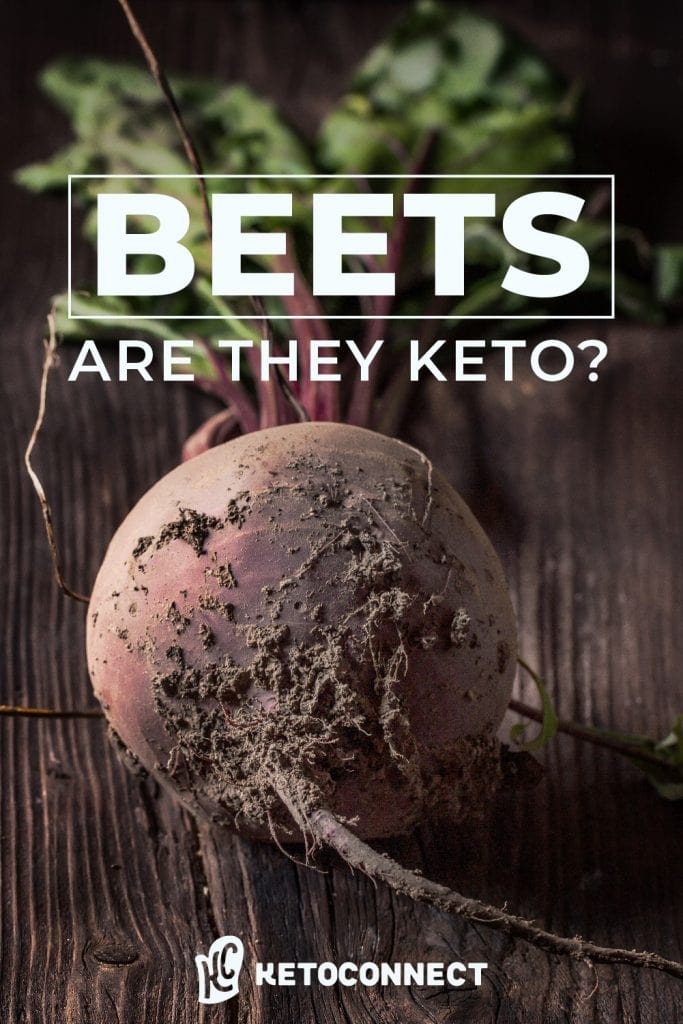
Written by
Matt Gaedke
Matt is a former college basketball player turned computer engineer who discovered his passion for health and nutrition after cutting sugar from his diet in 2016. That year he founded KetoConnect with Megha in order to share their ketogenic lifestyle through recipes, videos, and educational content. Matt is always seeking to grow and try new things, a passion he shares with his wife and two amazing sons.
Expert Fact Checker
Marina Reluskoska
Marina is a licensed nutritionist with a keen specialization in food laws and dedication to shaping healthier lives. Beyond her professional journey, she finds joy in crafting culinary creations, embracing an active lifestyle, and cherishing quality moments with friends. In both food and life, she believes that balance is the key to nurturing well-being.

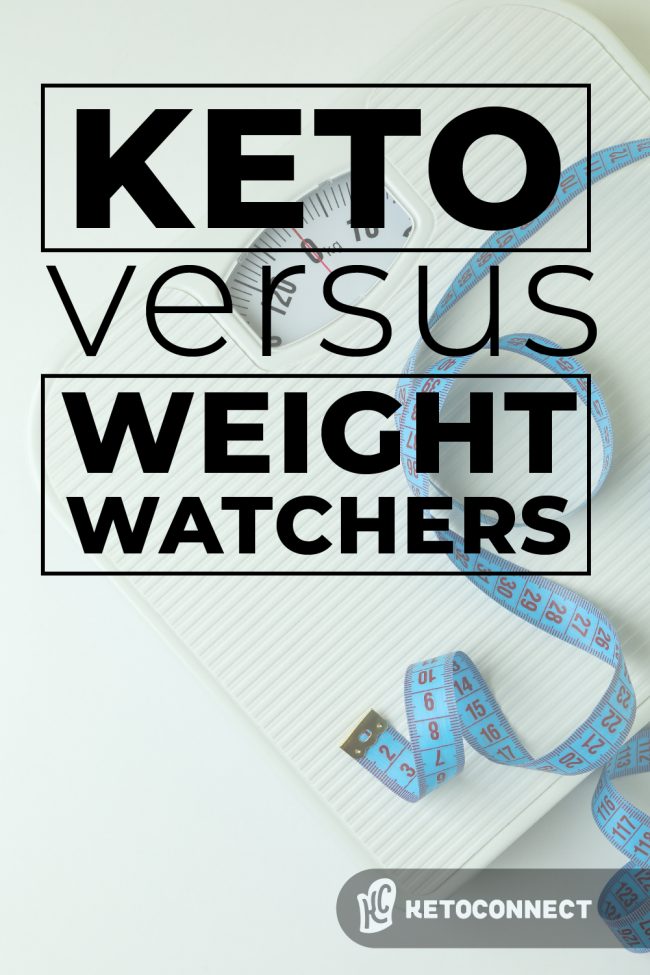
Leave a Comment